Kurk Kurk is starting a new initiative – #ArtMillers. Our goal is to give a platform for artists and creators to introduce their work. We want to give an opportunity for our readers to get to know various artists more personally – not only trough their work, but also trough their way of thinking. Every so often, we will interview different creative individuals and showcase their work, while focusing on each artist’s daily routines, their thought process and the ways they present themselves to the public.
The first participant of this initiative is Austėja Masevičiūtė. By constructing her compositions trough hidden personal and emotional symbols, Austėja opens up her inner world to the viewer. She speaks about how drawing helps her rethink and communicate her feelings and what methods she uses in her creative practise. Austėja is a sensitive person, thus, she uses drawing as a self-therapy, to help cope with difficult experiences in life. Austėja is interviewed by Kurk Kurk team members Urtė Baranauskaitė and Julija Panova.
Illustrations by Austėja Masevičiūtė
When do you feel most inspired?
Austėja Masevičiūtė (A.M.): A year ago I decided that I want to write a diary. I chose visual diary rather than a written one. I noticed, that a visual diary is therapeutic for me. When I draw, I tend to listen to music. This helps me to forget about my surroundings and fully immerse myself in imagination. At the moment, I try my best to draw every day. This is quite a challenge for me – to go over my drawing every day and continue on. Sometimes I draw while going trough tough emotions, while other times my drawings appear light as do my emotions. Sometimes drawing is a way for me to communicate with other people, a small message. When I draw, I am fully immersed in my imagination. Often times, if I feel inspired, I don’t need special preparation – all I need is a cup of tea.
What artists and artworks inspire you most?
A.M.): At this time, I motivate myself by observing works of other artists, such as illustrations by Marie Muravski, Masao Yamamoto and photographs by Francesca Woodman.
Illustrations by Austėja Masevičiūtė
What are the biggest challenges you face as a creative person?
(A.M.): The biggest challenge for me is to find my own style while drawing, because subconsciously I tend to repeat something I already saw. I want to create a unique style, that reflects who I am. I want to have my own language in which I could speak trough my drawings. Of course, I value the beauty that could be replicated. Nonetheless, I tend to search while repeating motifs of my previous works. This is why, I think, there is some inconsistency in my works – it’s like I’m diverging from one road to the other.
Is it hard to draw not because somebody commissioned you, but because you have inner motivation? How do you keep yourself motivated?
(A.M.): I draw, because I have a strong inner motivation – an urge. I have to say, it’s not always so easy, sometimes that motivation fluctuates and I have to find ways to incite it. I can achieve that by changing the drawing tools, taking time out or having a conversation with someone. Not many people surround me at this time, only my close friends and family. These people support me as much as I support them. This is very important to me, because there are days when I start to doubt myself. At these moments, attention from a person you care about, can be truly helpful. This also applies to the new people I meet, as conversations with them can help me broaden my way of thinking, as well as, my way of drawing. Sometimes new ideas for the illustrations come from the suggestions of these people.
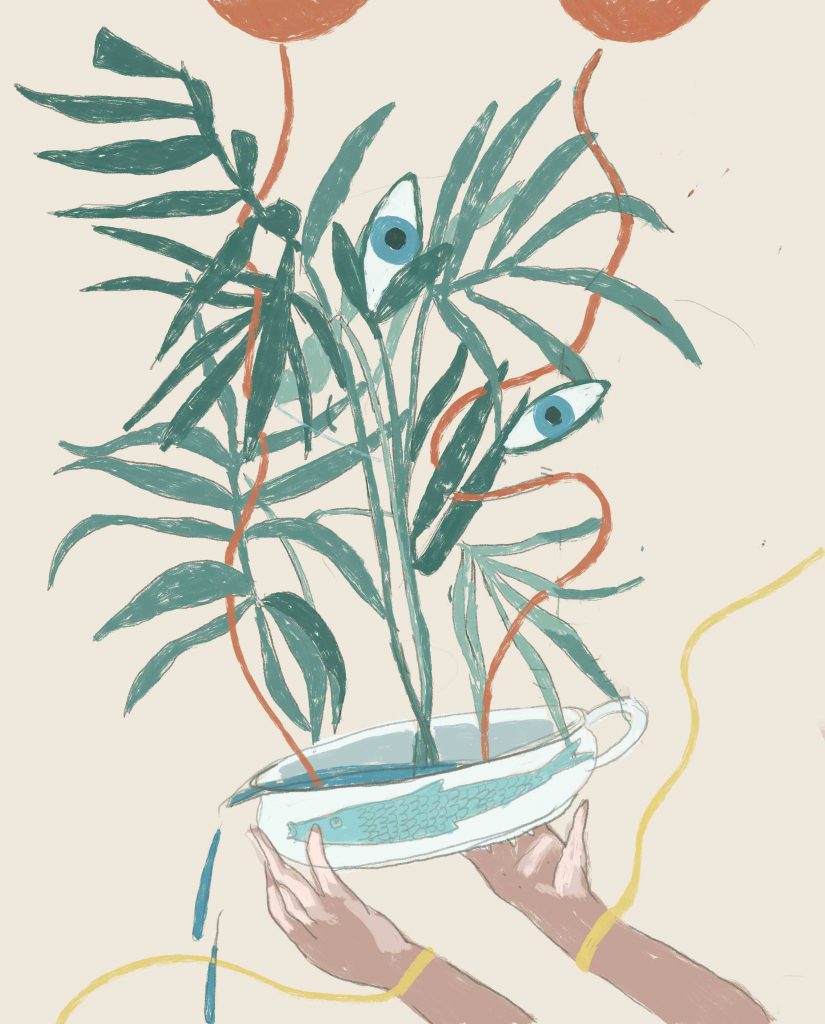
Do you use drawing as a tool for self-theraphy?
(A.M.): Yes, I think that illustration making is in one way a tool for self-therapy. When I draw, I express my suppressed hurtful emotions and help my self to feel better. Once I let out my feelings trough drawing, I feel lighter. It also helps, when other people view and react to my work. However, sharing my work with others is not as important as the process of communicating my feelings trough art.
If you couldn’t draw, what other activity would you choose to express yourself? Do you have interest in other forms of art?
(A.M.): Besides drawing, I’m interested in other forms of creative expression. If I couldn’t draw, I think I would create collages. Before I started visual diary, I was interested in analogue photography. If I couldn’t do any creative work, perhaps I would have a garden, where I would plant sunflowers, spices… I would like to be closer to nature, thus I would choose to have a garden with many plants. I think this would also work as a self-therapy – to be surrounded by growing plants. I would draw what grows in my garden. I would also love to look after the bees.
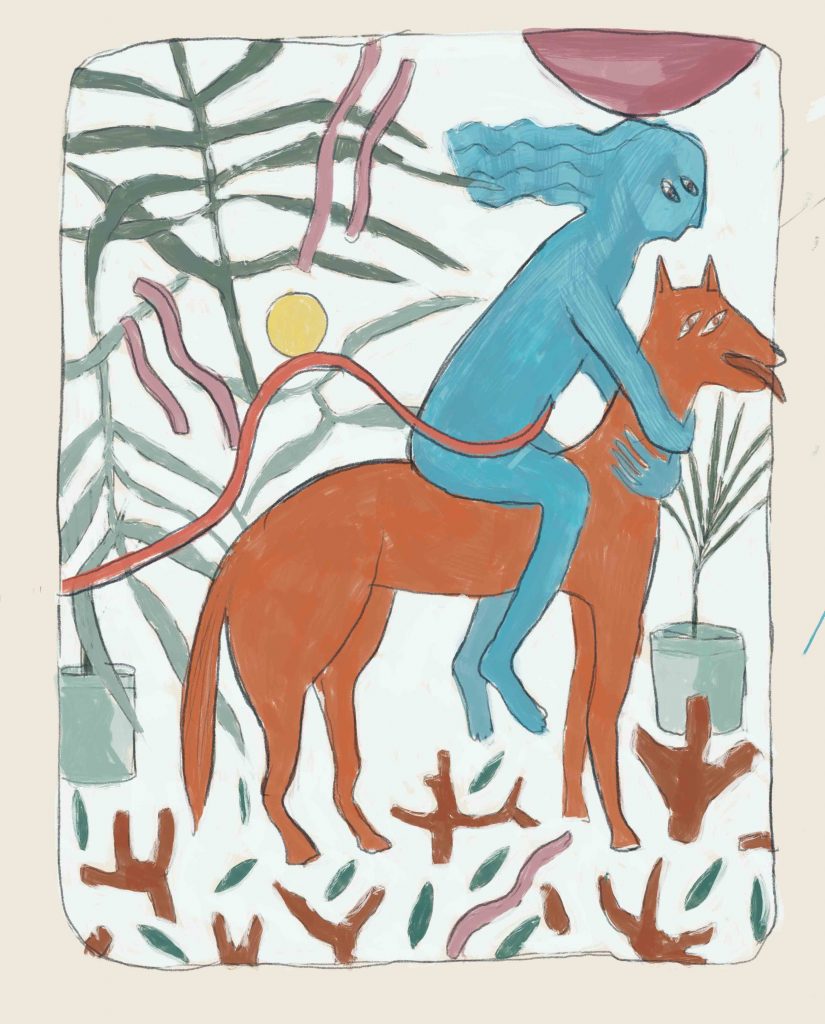
How important is nostalgia and personal memories in your work?
(A.M.): It is quite important, sometimes my drawings become a puzzle of my memories. The puzzle of past experiences and places I’ve been to. Some of my works have a nostalgic tone to them. Nostalgia to some unique place, from which the characters and objects of my drawings come to be.
Do you notice, that even after a long time you tend to revisit some motifs from the past?
(A.M.): Yes, I do notice that I tend to revisit some of my old motifs. For instance, something that I drew four years ago using watercolours, I now redraw it with some changes. Everything that I created in the past, hasn’t gone anywhere – it sunk into my memory. I can use these memories, reshape them, reconstruct them from the small pieces. I do this in my drawings – use my memories as visual crumbs.
Illustrations by Austėja Masevičiūtė
If your artworks would be a physical place, would you like to be in it? What would it be like?
(A.M.): If my drawings would be physical place, it would be a place for gatherings, where people would communicate with each other empathetically. Empathy helps to understand each other in a better way. This feeling can be expressed in many ways. I think that listening and empathising can help with your creativity.
How important is it that others see and react to your work? Does it motivate you?
(A.M.): Often I share my drawings online. In this way, I communicate with other creative people and it helps me to keep on drawing and reflecting my experiences trough illustrations.
What is your dream project?
(A.M.): I don’t have a dream project. I enjoy that everything is in a process.
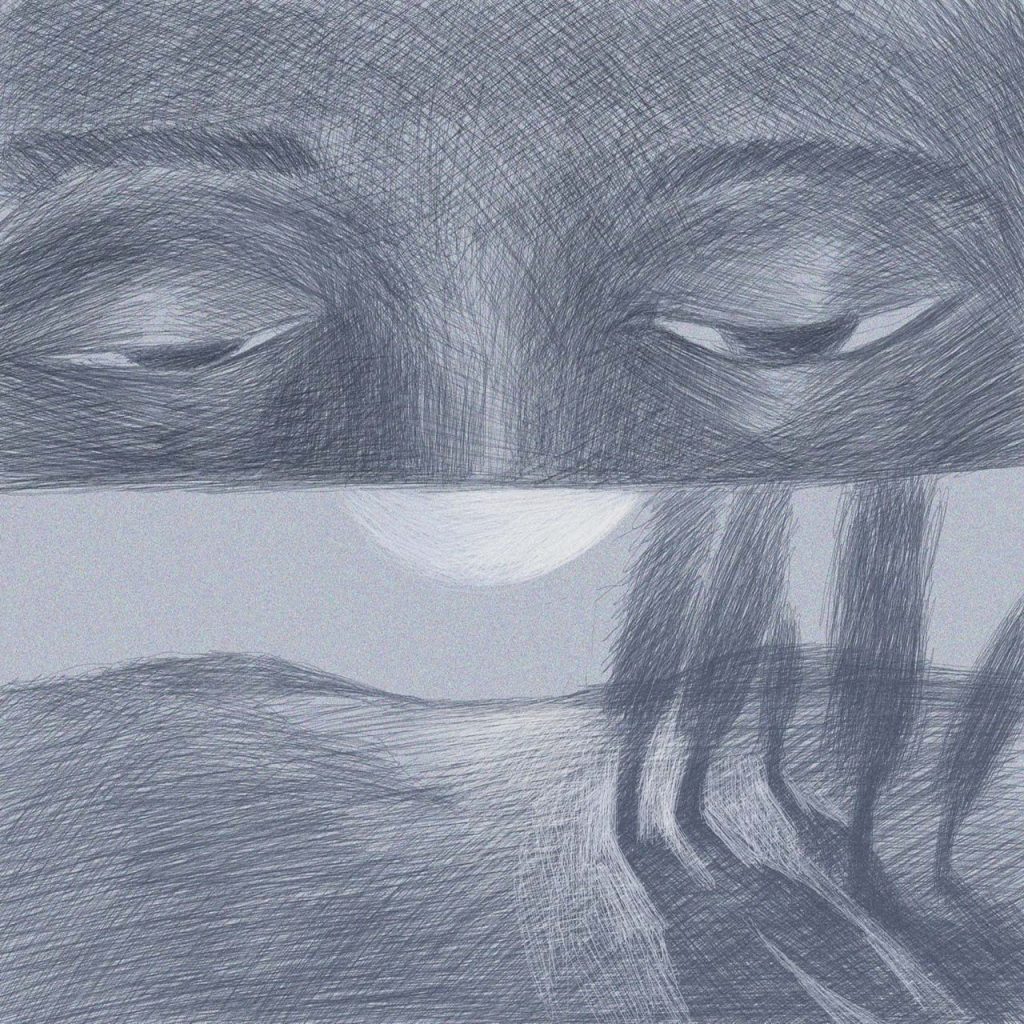
If you are interested in Austėja’s work, please follow her on Instagram and Facebook. There you’ll see her latest illustrations. You can also support the artist by purchasing her illustrations. You can do that by contacting Austėja on the social media pages mentioned above.
To learn more about the activities of Kurk Kurk, read our blog articles. We also invite you to follow our page and like us on Facebook and Instagram. Until next time!
Popular articles

;)
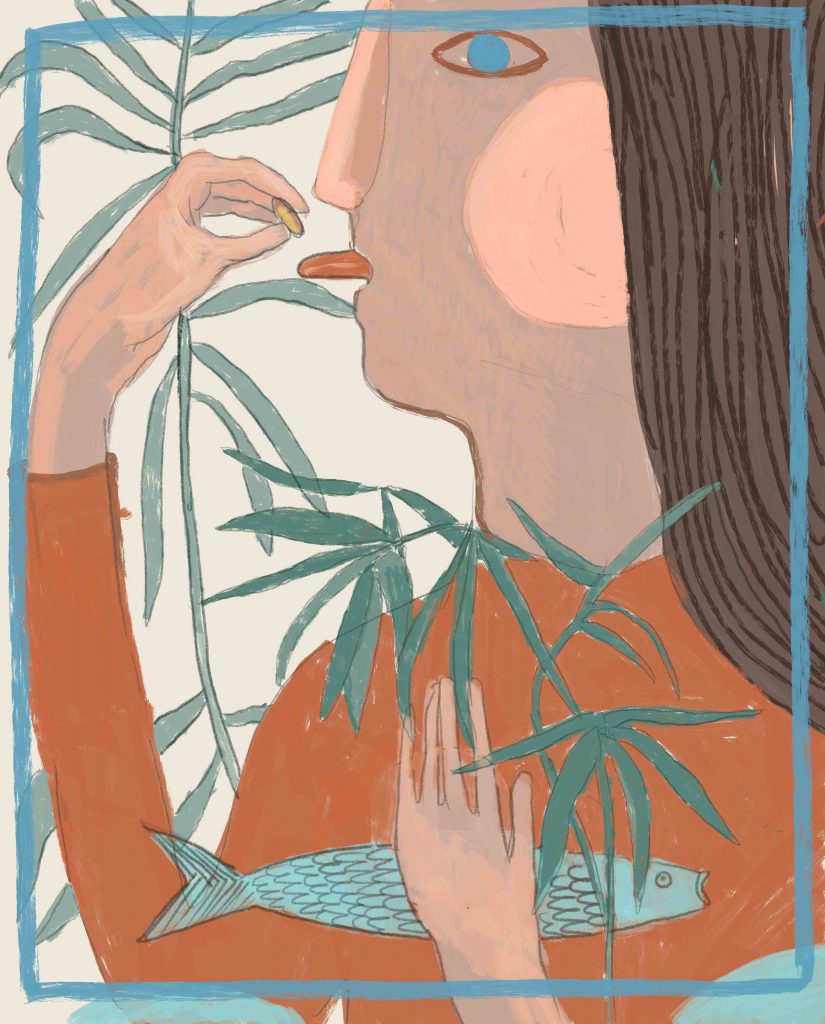
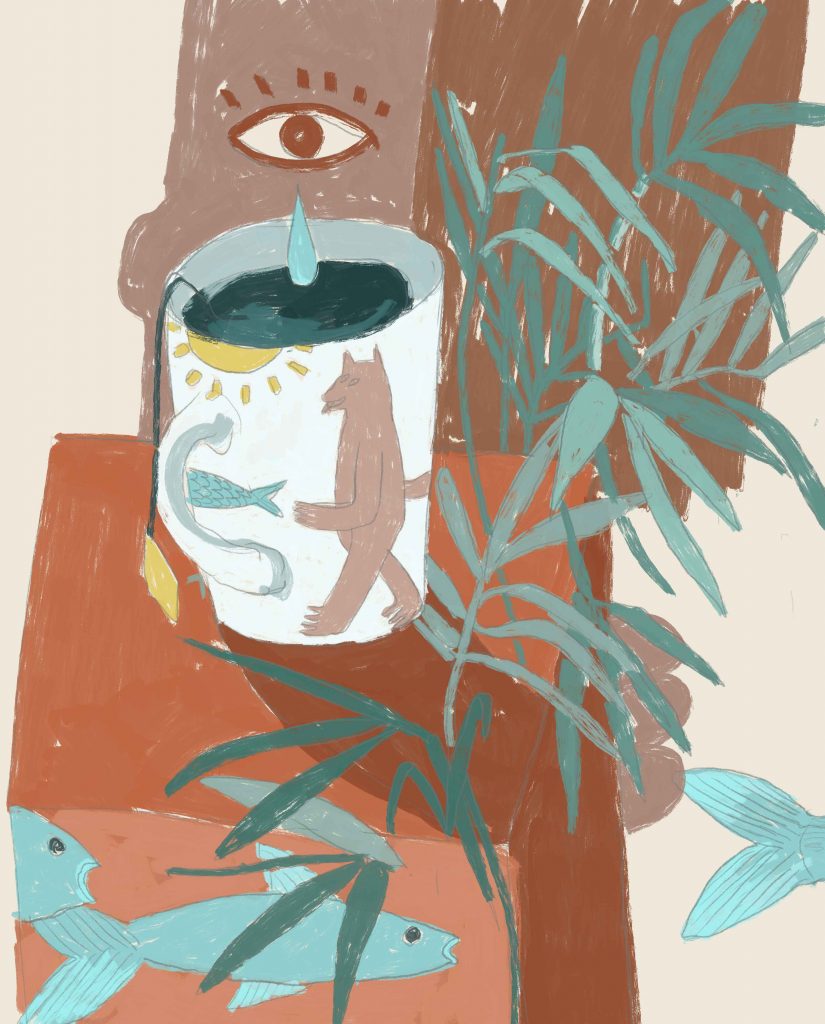
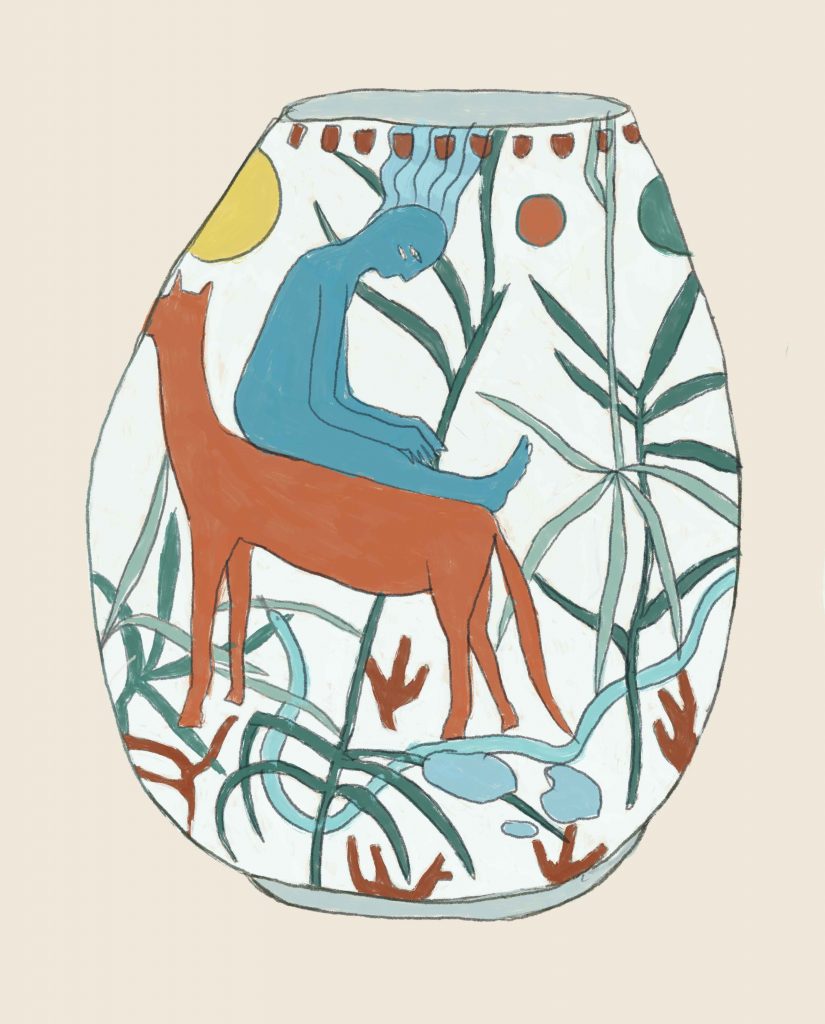
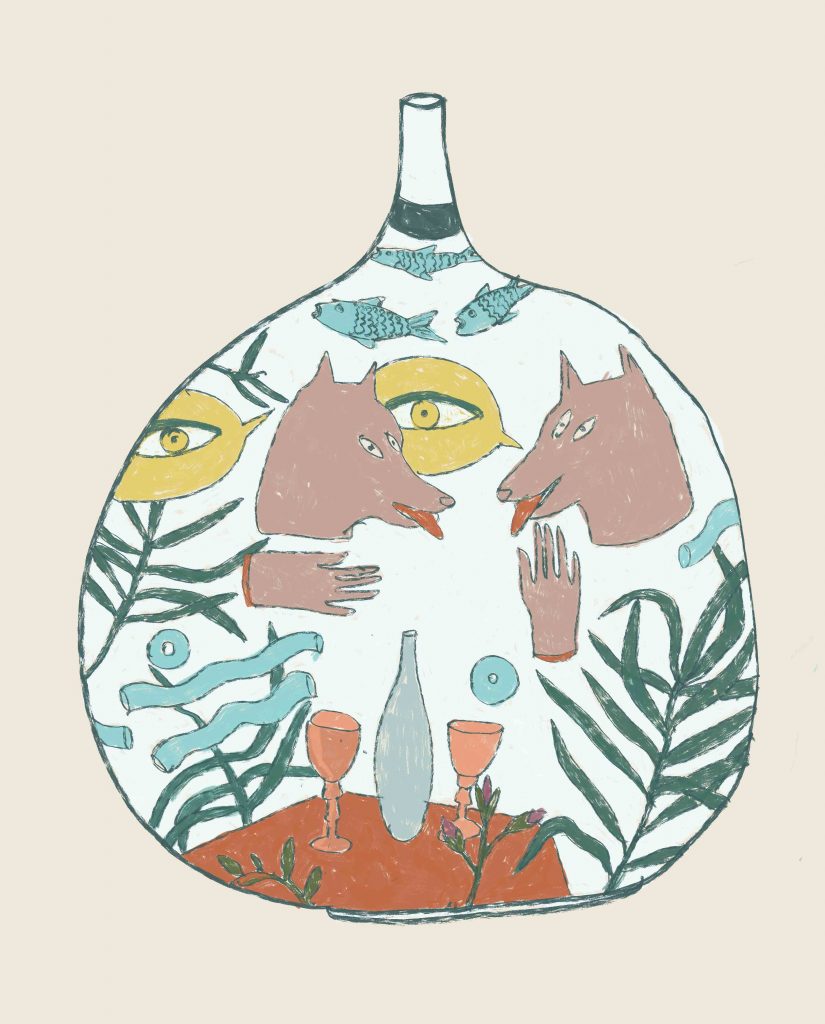
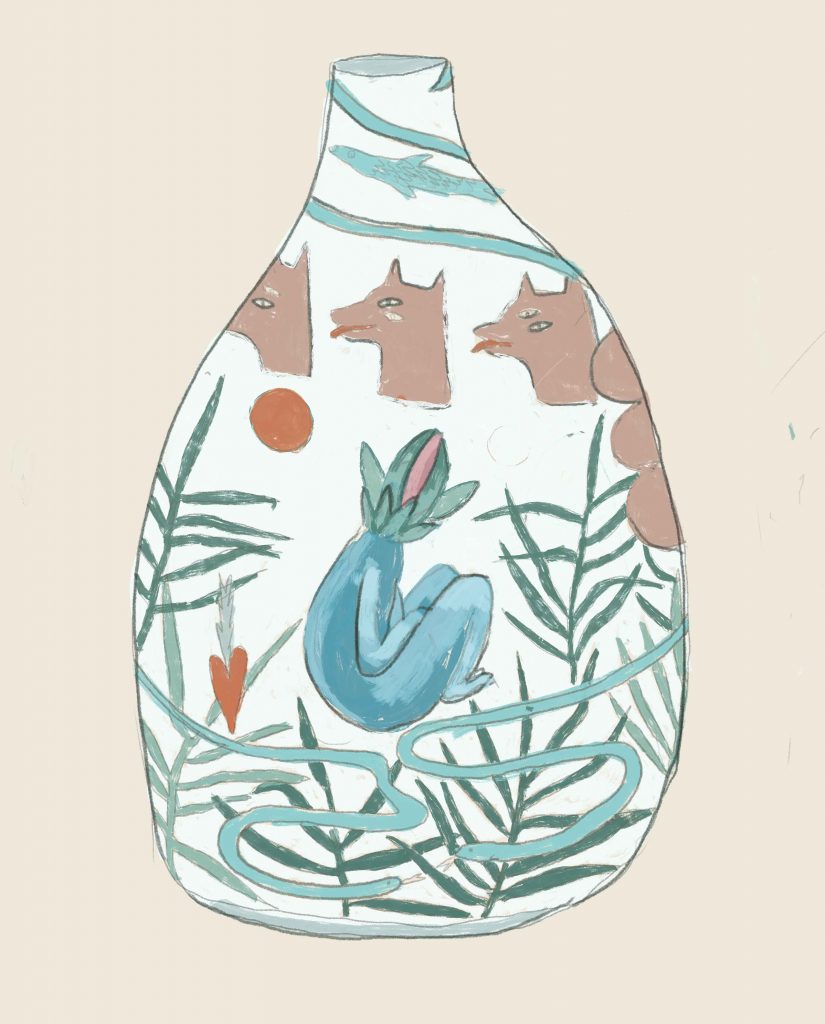

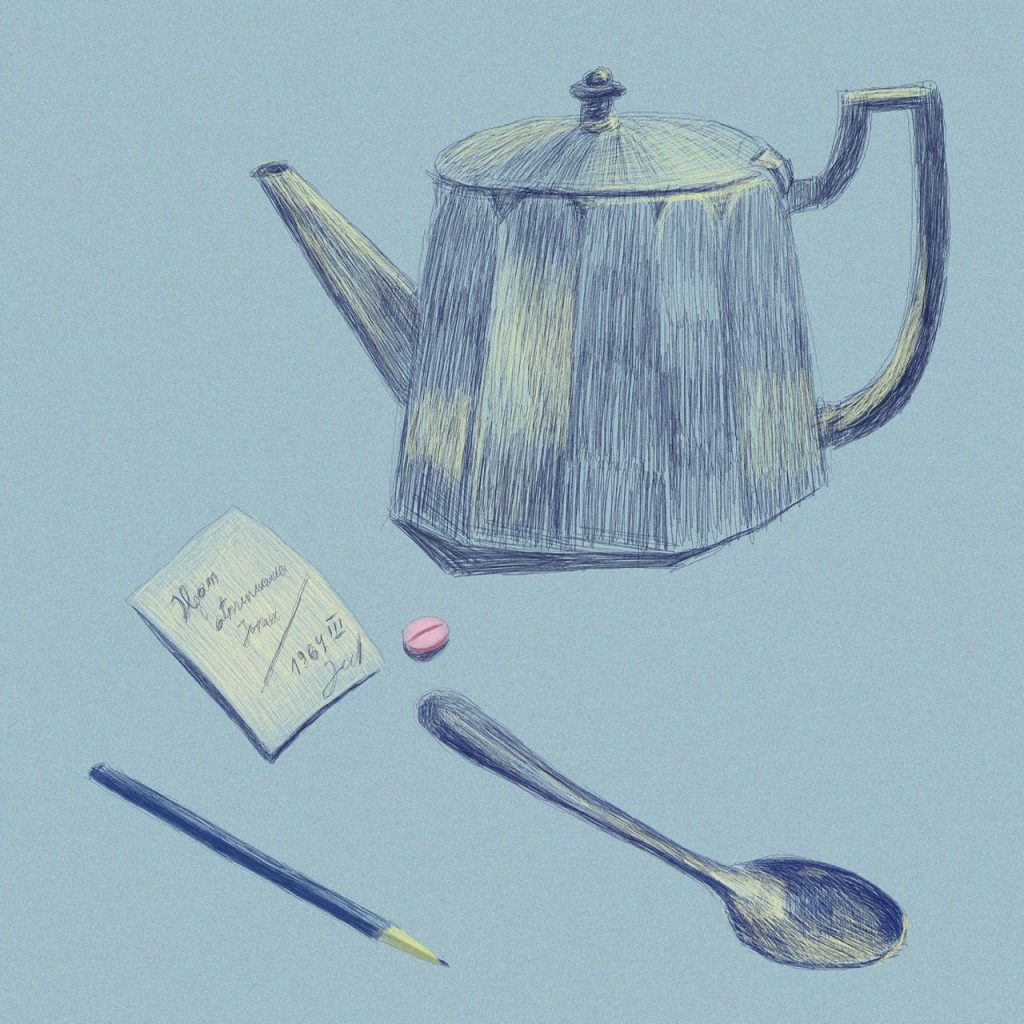
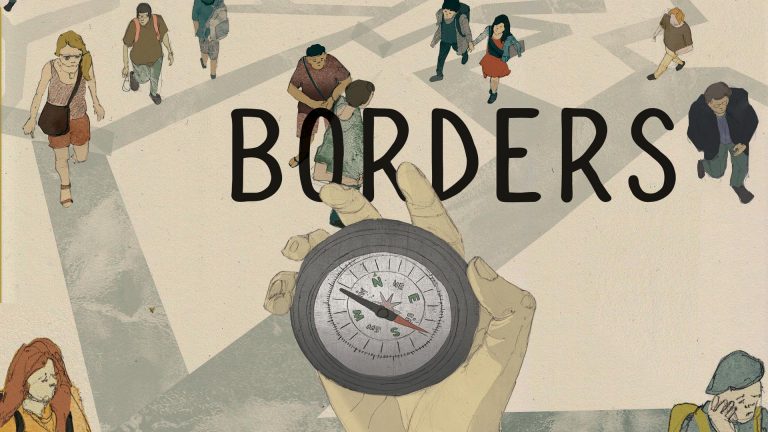
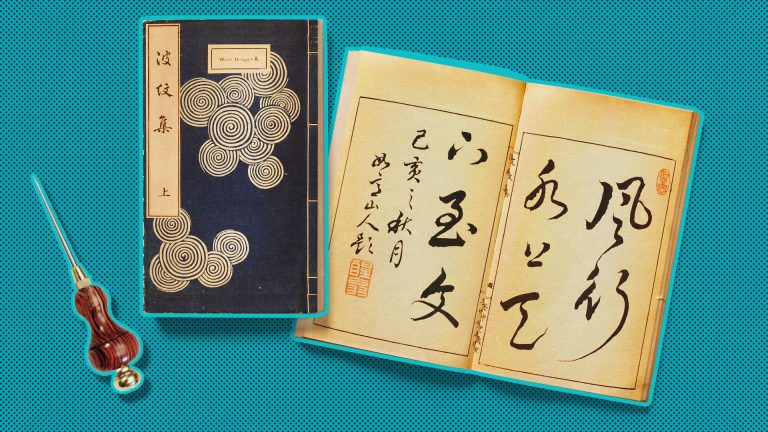
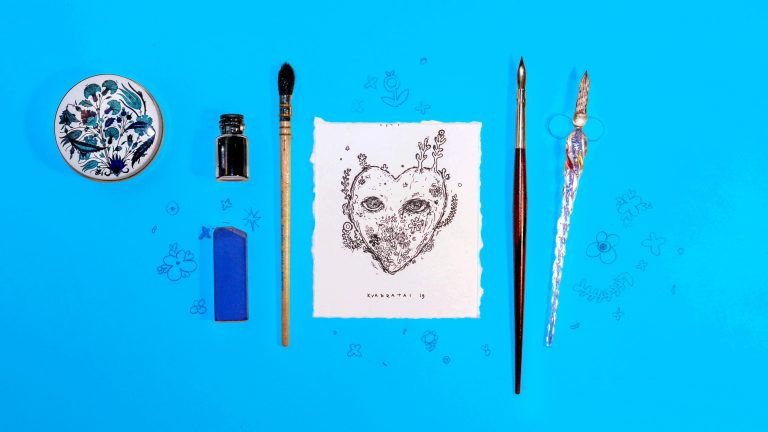
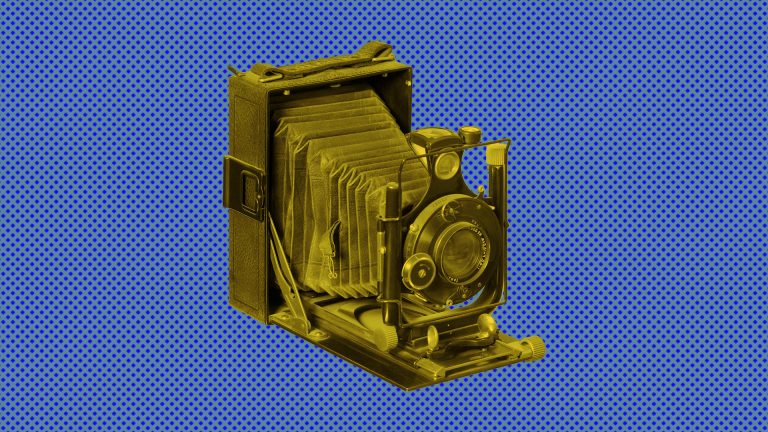
Comments